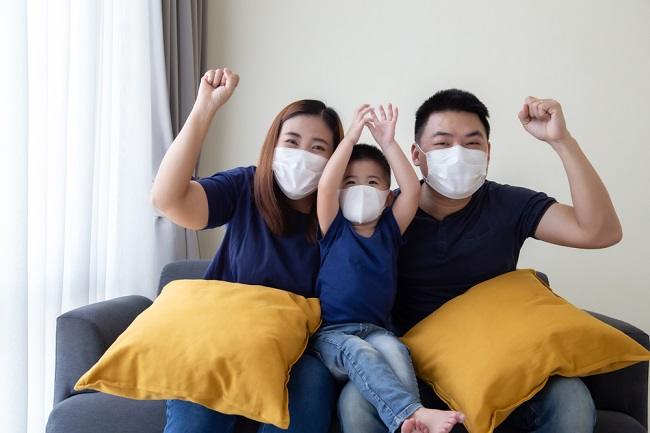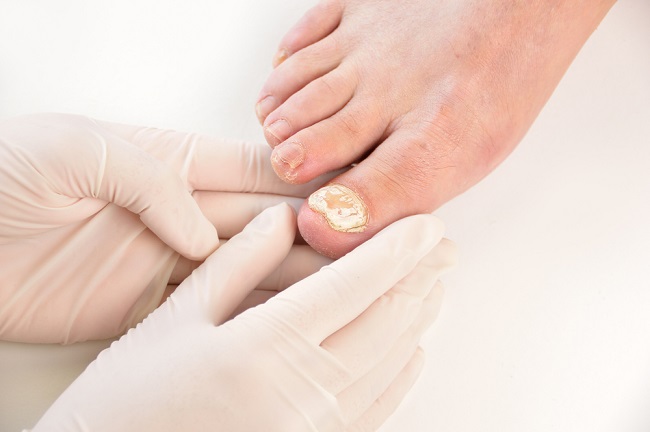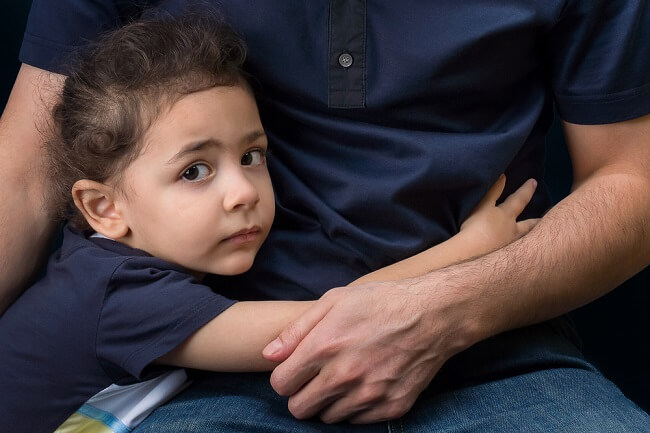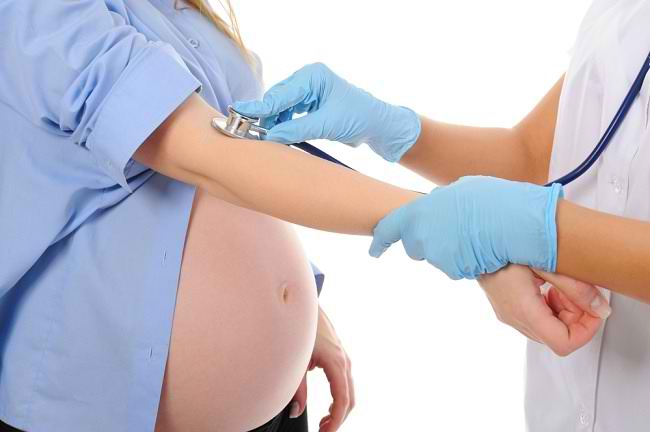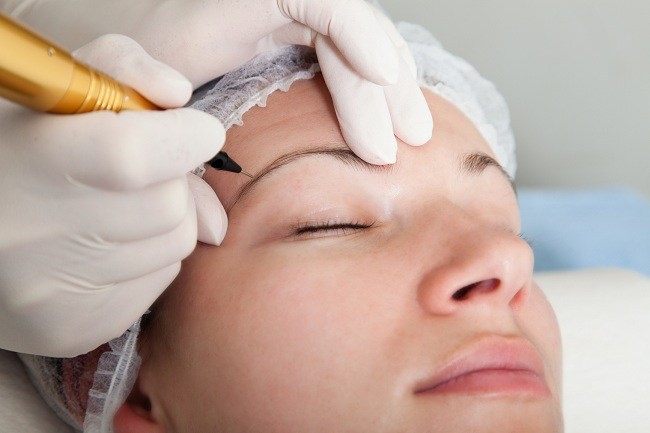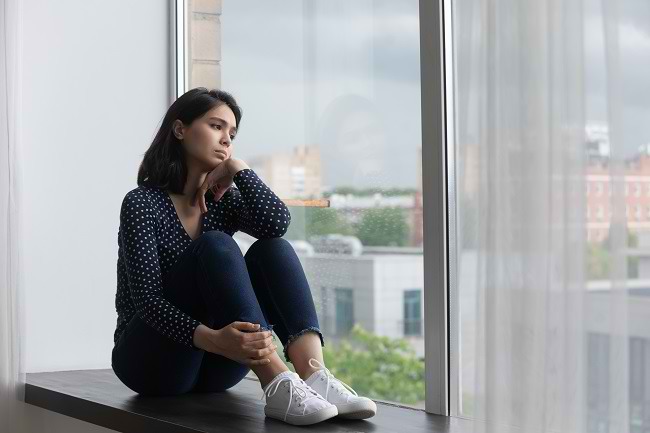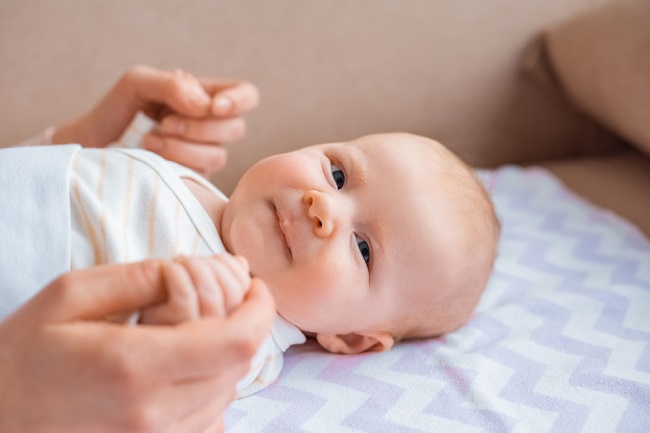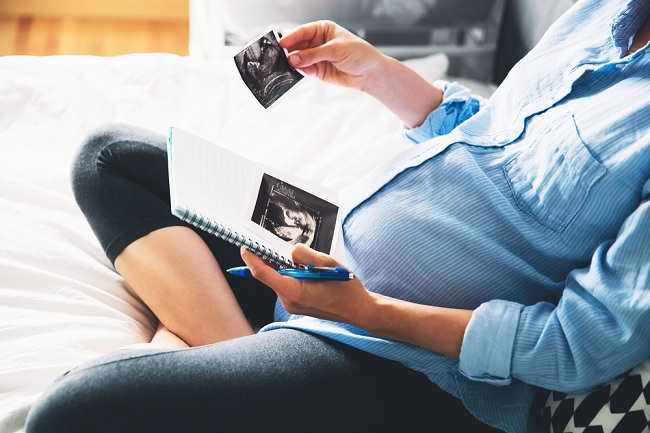Not only in adults, strokes can also occur in children and infants. Stroke in children is a serious condition that requires immediate medical attention. Therefore, parents need to know the cause and recognize symptomhis.
Although rare, stroke is one of the top 10 causes of death in children. If you don't get help right away, children who have a stroke are not only at high risk of death, but also long-term health problems and disability.

Causes of Stroke in Children
Stroke in children can be categorized into two types, namely ischemic stroke and hemorrhagic stroke. Ischemic stroke occurs when blood flow to the brain is blocked due to a blockage in the blood vessels of the child's brain. While hemorrhagic strokes are caused by bleeding or rupture of a blood vessel in the brain.
Ischemic stroke in children can be caused by:
- Heart disorders, such as heart rhythm disturbances (arrhythmias) and congenital heart disease.
- Genetic disorders.
- Severe infections, such as meningitis and sepsis.
- A blood disorder that makes blood clot easily.
- Dehydration.
- Acid-base disorders of the blood, such as acidosis and alkalosis.
In addition, strokes in children are also more at risk for children born to mothers who have health problems during pregnancy, such as lack of oxygen during childbirth, premature rupture of membranes, to preeclampsia and gestational diabetes.
While hemorrhagic stroke in children can be caused by:
- A severe head injury that causes a blood vessel to burst in the brain.
- Abnormalities in the blood vessels of the brain, such as arteriovenous malformations.
- Have a blood clotting disorder, such as hemophilia.
- Blood disorders, such as sickle cell disease.
Symptoms of Stroke in Children
Symptoms of stroke in children can be distinguished based on the age of the child, namely:
Perinatal stroke
This condition is a stroke that occurs in the age range as long as the child is still in the mother's womb until the child is one month old. This is the most common type of stroke in children. Signs and symptoms include:
- Recurrent seizures.
- Hard to breathe.
- Doesn't want to breastfeed.
- Rarely moves or only one part of the body moves.
child stroke
It is called a child stroke if the stroke occurs in children aged one month to 18 years. Stroke in children this age can show some of the following signs and symptoms:
- The face appears asymmetrical or difficult to move.
- Legs and arms limp.
- Difficulty speaking or slurred.
- It's hard to understand what other people say.
- Severe headache that appears suddenly followed by vomiting and drowsiness.
- One side of the body is weak or paralyzed.
- You can't see in one or both eyes or have vision problems, such as blurred vision and double vision.
- Sudden difficulty walking or loss of balance
- seizures.
- Difficulty swallowing.
- Memory loss.
- Mood or behavior changes suddenly.
- Barriers to growth.
If your child experiences various symptoms of a stroke in the child above, immediately take him to the nearest emergency unit to get help as soon as possible. After being in the hospital, a child who has had a stroke may require intensive care in the PICU or special pediatric ICU. The sooner stroke in children is treated, the risk of worsening the condition and fatal complications can be reduced.
On the other hand, if this condition is not immediately treated by a doctor, the risk of the child experiencing disabilities, such as paralysis or weakness of limbs, difficulty speaking, blindness, hearing loss, and learning disorders, will be higher.
After receiving treatment and medication at the hospital, the child also needs to undergo further treatment, such as physiotherapy and speech therapy, if his speech function is impaired or there are certain body parts that are difficult to move. Children who have had a stroke also need a growth and development evaluation to see if there are problems with their growth and development process.
Because it can have a dangerous impact on the health and development of children in the future, strokes in children need to be treated immediately by pediatricians and neurologists.
